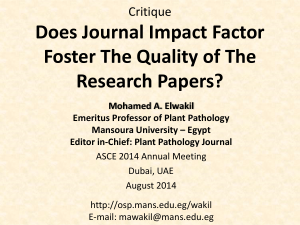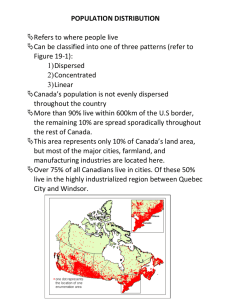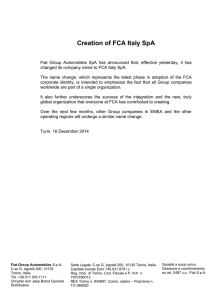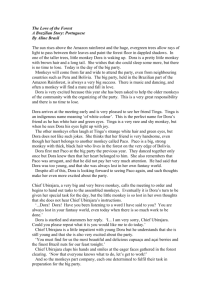Influence of land use changes on peak discharges – Two study cases
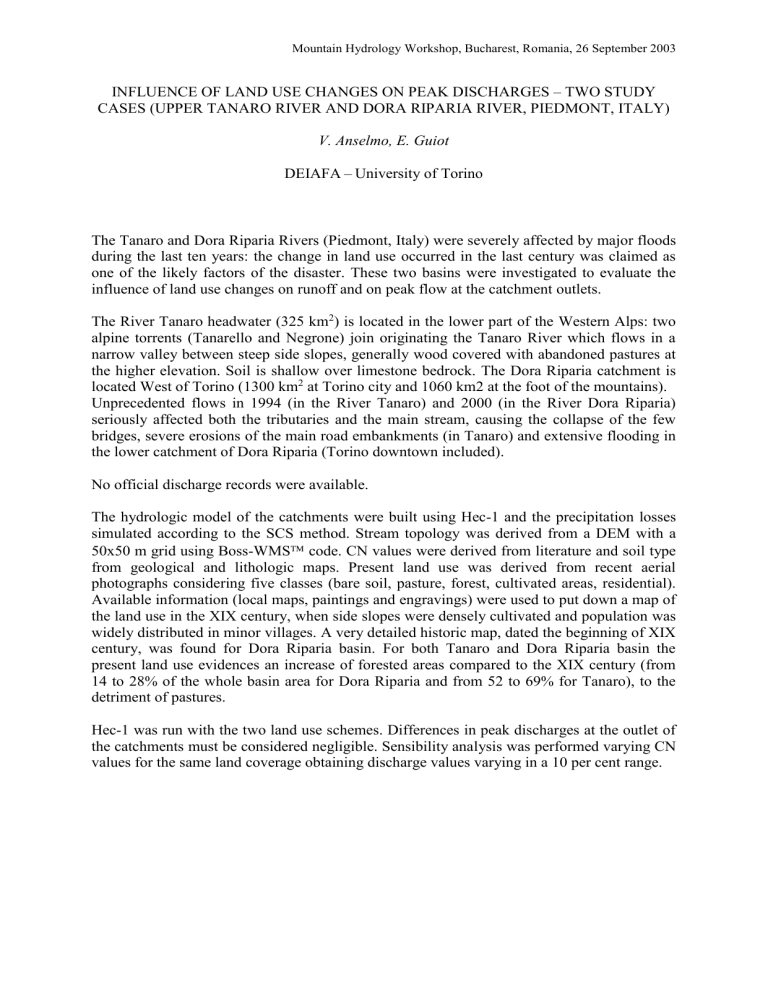
Mountain Hydrology Workshop, Bucharest, Romania, 26 September 2003
INFLUENCE OF LAND USE CHANGES ON PEAK DISCHARGES – TWO STUDY
CASES (UPPER TANARO RIVER AND DORA RIPARIA RIVER, PIEDMONT, ITALY)
V. Anselmo, E. Guiot
DEIAFA
–
University of Torino
The Tanaro and Dora Riparia Rivers (Piedmont, Italy) were severely affected by major floods during the last ten years: the change in land use occurred in the last century was claimed as one of the likely factors of the disaster. These two basins were investigated to evaluate the influence of land use changes on runoff and on peak flow at the catchment outlets.
The River Tanaro headwater (325 km 2 ) is located in the lower part of the Western Alps: two alpine torrents (Tanarello and Negrone) join originating the Tanaro River which flows in a narrow valley between steep side slopes, generally wood covered with abandoned pastures at the higher elevation. Soil is shallow over limestone bedrock. The Dora Riparia catchment is located West of Torino (1300 km
2
at Torino city and 1060 km2 at the foot of the mountains).
Unprecedented flows in 1994 (in the River Tanaro) and 2000 (in the River Dora Riparia) seriously affected both the tributaries and the main stream, causing the collapse of the few bridges, severe erosions of the main road embankments (in Tanaro) and extensive flooding in the lower catchment of Dora Riparia (Torino downtown included).
No official discharge records were available.
The hydrologic model of the catchments were built using Hec-1 and the precipitation losses simulated according to the SCS method. Stream topology was derived from a DEM with a
50x50 m grid using Boss-WMS
code. CN values were derived from literature and soil type from geological and lithologic maps. Present land use was derived from recent aerial photographs considering five classes (bare soil, pasture, forest, cultivated areas, residential).
Available information (local maps, paintings and engravings) were used to put down a map of the land use in the XIX century, when side slopes were densely cultivated and population was widely distributed in minor villages. A very detailed historic map, dated the beginning of XIX century, was found for Dora Riparia basin. For both Tanaro and Dora Riparia basin the present land use evidences an increase of forested areas compared to the XIX century (from
14 to 28% of the whole basin area for Dora Riparia and from 52 to 69% for Tanaro), to the detriment of pastures.
Hec-1 was run with the two land use schemes. Differences in peak discharges at the outlet of the catchments must be considered negligible. Sensibility analysis was performed varying CN values for the same land coverage obtaining discharge values varying in a 10 per cent range.



